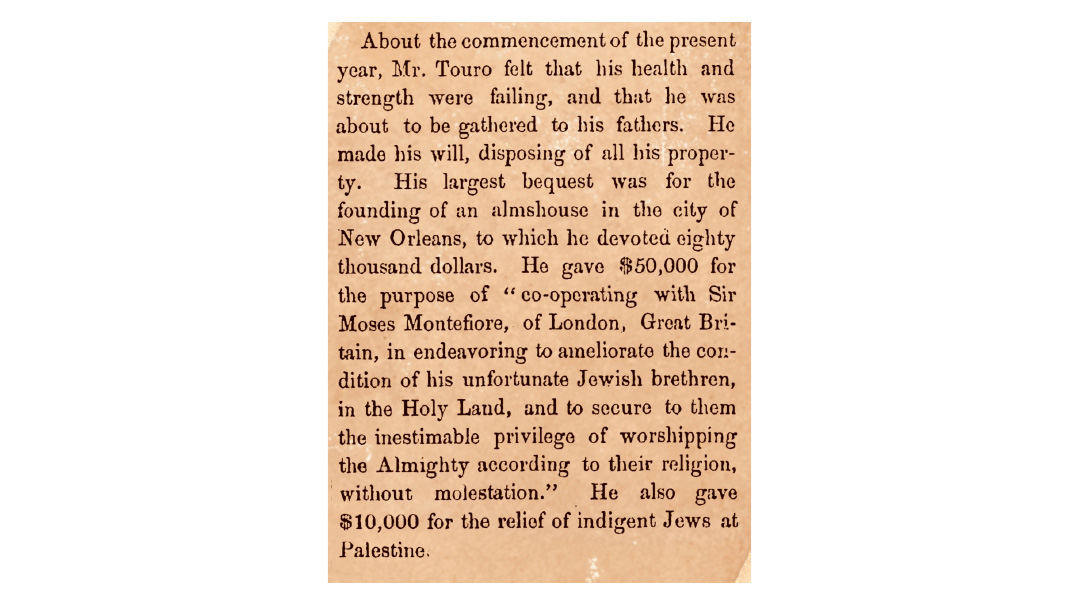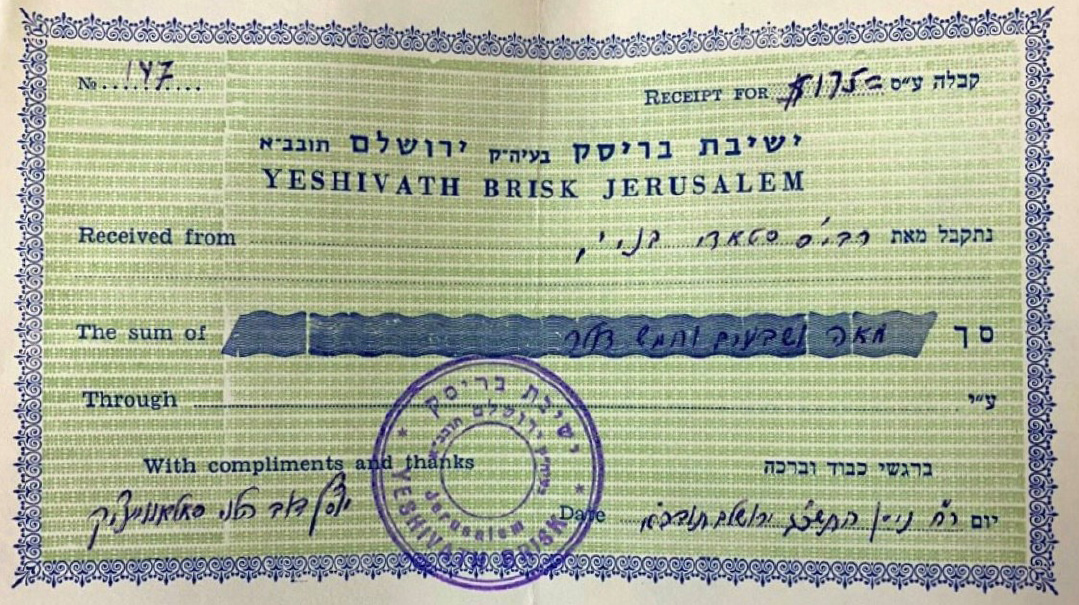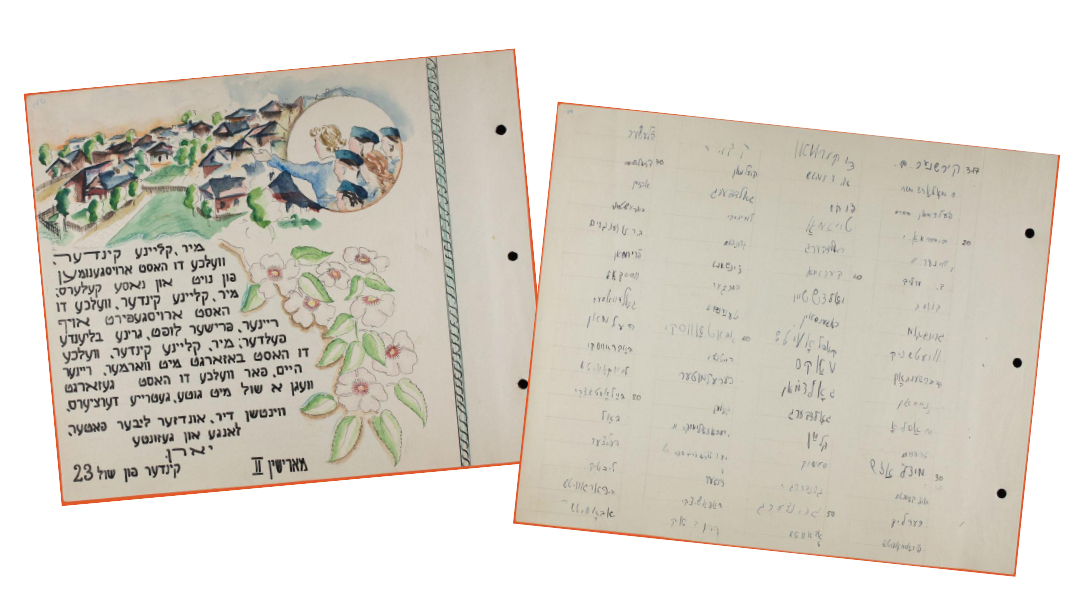Redeeming the Rishonim
| June 25, 2024Despite the fact that such personalities themselves are often forgotten, their legacies are often exceptional and distinct

Title: Redeeming the Rishonim
Location: Brooklyn, New York
Document: Commentary of the Ritva
Time: 1977
While most major Jewish historical figures make their mark as great Torah leaders, halachic decisors, public activists, chesed pioneers, educators, philanthropists, politicians, and the like, there occasionally appears a unique individual who leaves an everlasting impact on the Jewish world through quiet initiative. Despite the fact that such personalities themselves are often forgotten, their legacies are often exceptional and distinct. Such an individual was Rav Chaim Moshe Yehuda HaKohein Blau (1912–2003).
He was born in Hamburg, and at age 19, he joined a small trend of promising bnei Torah from Germany traveling east, enrolling in the Mir Yeshivah in Poland between the wars. The German talmidim drank in the mussar shmuessen of Mir mashgiach Rav Yerucham Levovitz, who also established a Chumash shiur exclusively for the German and American students. The content of these classes was subsequently published in the six-volume Daas Torah. As one of the earlier arrivals from Germany at the Mir, Moshe Yehuda Blau developed a close relationship with Rav Yerucham.
Together with his wife, Rav Moshe Yehuda stayed with the Mir during its wartime exile, continuing to Lithuania, traversing the Soviet Union, and taking temporary respite in Japan and then in Shanghai, China, for the rest of the war.
After the war, Rav Blau and his wife immigrated to the United States. He served as a congregational rabbi for over a half century in East New York and Boro Park, and also developed a close relationship with the Lubavitcher Rebbe. During this time, he initiated a lifelong campaign to raise awareness and improve the quality of tefillin and mezuzos, publishing bulletins and delivering lectures on the topic of kashrus in tefillin and mezuzos. In particular, he focused on the pitfalls that presented with small mezuzos, which were often invalid. In addition to publishing a book on the topic, Rav Blau paid sofrim to visit far-flung Jewish communities across the US and Canada, where they would check tefillin and mezuzos free of charge and offer subsidized new ones whenever necessary.
As important as these accomplishments were, they were overshadowed by a lifelong initiative that Rav Blau singlehandedly spearheaded that permanently transformed modern Torah scholarship. At some point in his life, he theorized that archives, libraries, and universities worldwide likely held a veritable treasure house of unpublished Torah commentaries in manuscript from the era of the Rishonim. If he could possibly get ahold of copies of these manuscripts, then he could redeem a trove of hitherto unknown Torah from the Rishonim and enrich the corpus of Talmudic commentary in the process.
He initiated correspondence with leading archives, libraries, museums, and universities worldwide whom he suspected of harboring such manuscripts in their collections. Among them was the Vatican Library. As he discovered ancient manuscripts and began to receive microfilms or copies, he commenced a painstaking process of determining the authorship of each Torah work, most of which were anonymous. His Torah acumen, brilliant scholarship, and careful methodical work led him to discovery after discovery. Often it was an obscure citation in a well-known work, a style of writing or turn of phrase, that would assist him in attributing the work to its source.
Rav Blau’s patient exploration produced prodigious results. After successfully identifying the author of a given manuscript, he’d publish the work, often with his annotations, explanatory footnotes, and sources. He eventually published dozens of important commentaries of various Rishonim, none of which had seen the light of day.
Among his more famous contributions were the commentary of the Ritva on Maseches Bava Basra, the works of Rav Yonasan of Lunil and Rav Avraham min Hahar on several masechtas, and a slew of Rishonim that were published under the title Shitas Hakadmonim. His singular focus and relentless effort in this realm led to an explosion in Torah study and knowledge due to newly available works of the great Rishonim that had never been studied before.
The Joint’s Generosity
Rav Blau was among the large contingent of German students in the 1930s who found refuge in the Mir Yeshivah amid the worsening economic situation caused by Hitler’s Nuremberg laws in September 1935. These laws severely impacted German Jews’ ability to sustain themselves and transfer funds internationally. However, the US-based Joint Distribution Committee stepped in that same year, recognizing German students as refugees from the Nazi regime and providing substantial monthly support to yeshivos for these students. As more students arrived, Rav Avraham Kalmanowitz traveled to America, securing additional funding with the help of Rabbi Leo Jung, Harry Fischel, and others, enabling the yeshivah to support its German contingent through the prewar years.
(Originally featured in Mishpacha, Issue 1017)
Oops! We could not locate your form.






